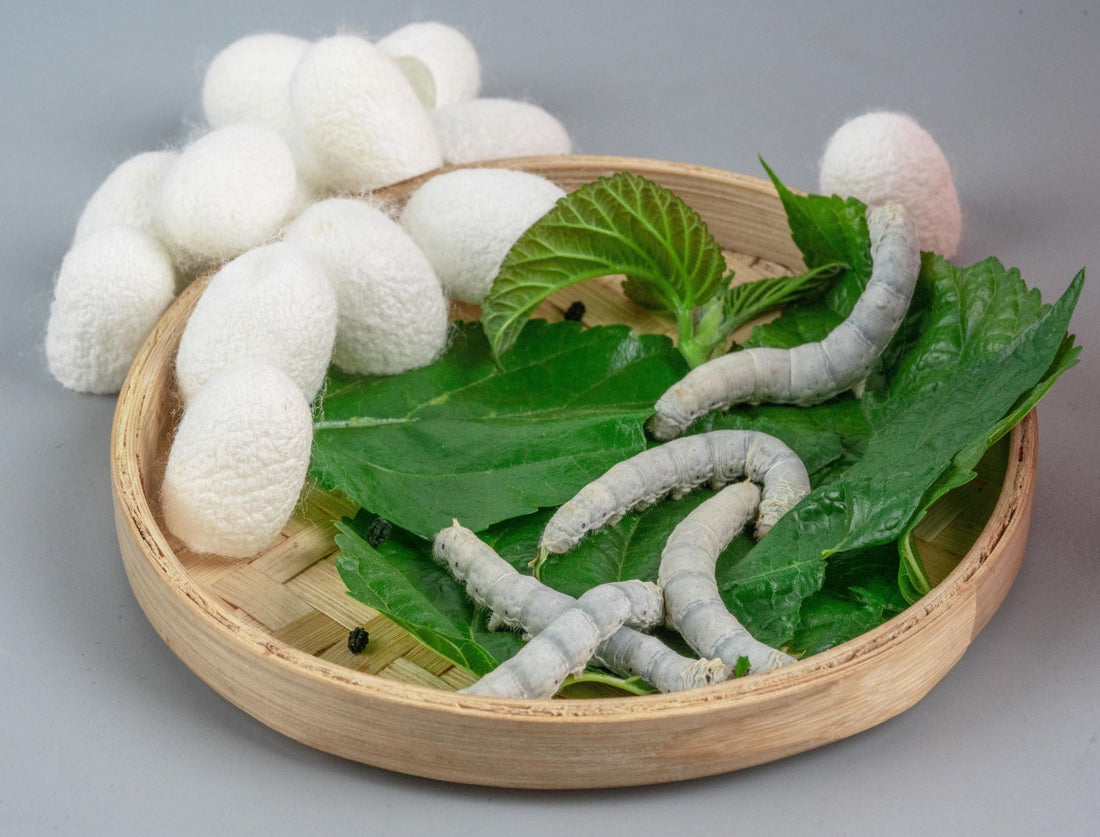
Sustainable Luxury: Why Silk is the Ultimate Eco-Friendly Fabric
Compartir
In today’s eco-conscious world, making sustainable choices in fashion is more important than ever. While many fabrics claim to be environmentally friendly, silk stands out as a luxurious yet sustainable option. Not only does it offer unparalleled softness and elegance, but it also boasts several practical benefits that make it a smart choice for those looking to minimize their environmental footprint. Here’s why we believe silk is the perfect sustainable fabric.
One of the key benefits of silk is its natural ability to wick moisture away from the skin. This makes it an excellent choice for hot and humid climates, as it helps keep you dry and comfortable. Unlike synthetic fabrics, which trap sweat and create discomfort, silk naturally regulates body temperature, reducing the need for excessive washing and chemical treatments.
Silk is also well known for its thermoregulating abilities. It keeps you cool in the summer and warm in the winter, making it an all-season, all-weather fabric. This adaptability means that fewer clothing items are needed for different seasons, reducing overall consumption and waste.
While traditionally considered delicate, modern silk fabrics are increasingly being designed to be machine washable. This makes silk more convenient for everyday wear, reducing the need for energy-intensive dry cleaning. Additionally, silk is a durable fabric that, when properly cared for, lasts longer than many synthetic alternatives, decreasing the frequency of replacements and minimizing waste.
Unlike synthetic fibers, which contribute to microplastics pollution, silk is a natural protein fiber derived from silkworms. It is biodegradable, breaking down naturally without leaving harmful residues in the environment. Sustainable silk production also emphasizes ethical and eco-friendly practices, making it a responsible choice for conscious consumers.
Compared to synthetic fabrics, silk requires fewer harsh chemicals in its production process. Many silk varieties, especially organic and peace silk, are produced with minimal environmental impact, using non-toxic dyes and sustainable farming practices.
Circular fashion aims to create a closed-loop system where clothing is designed, produced, and used in a way that extends its life cycle and reduces waste. Silk fits seamlessly into this model due to its durability, biodegradability and potential for up-cycling. Old silk garments can be repurposed into accessories, home textiles or even new clothing, ensuring that the fabric continues to be used rather than discarded. Choosing silk as part of a circular fashion approach promotes sustainability by reducing textile waste and encouraging mindful consumption.
Silk is more than just a sustainable fabric - it embodies a deep cultural heritage, supports artisanal craftsmanship, and empowers communities. Brands like Caye Caftans exemplify this ethos by blending fashion with purpose, promoting ethical labor practices, and uplifting communities through skill development and sustainability initiatives. What started as a passion for us has grown into a global movement dedicated to preserving traditions, fostering economic empowerment and inspiring a more conscious fashion industry. By supporting handcrafted silk, consumers contribute to a larger vision where fashion is a force for positive change, creating meaningful social impact while celebrating timeless elegance and craftsmanship.
Silk offers an elegant, long-lasting, and environmentally responsible alternative to synthetic and resource-heavy fabrics. With its moisture-wicking, cooling and machine-washable properties, silk is a practical choice for those looking to embrace sustainable fashion. By choosing silk, you invest in a high-quality, natural fabric that supports both comfort and a healthier planet.
Are you ready to save the earth with your own silk story? Visit www.cayecaftans.com to shop our collection of handcrafted silk caftans in long and knee-length version, tunics and men's shirts. We offer free shipping to the U.S., so effortless elegance is just a click away.
